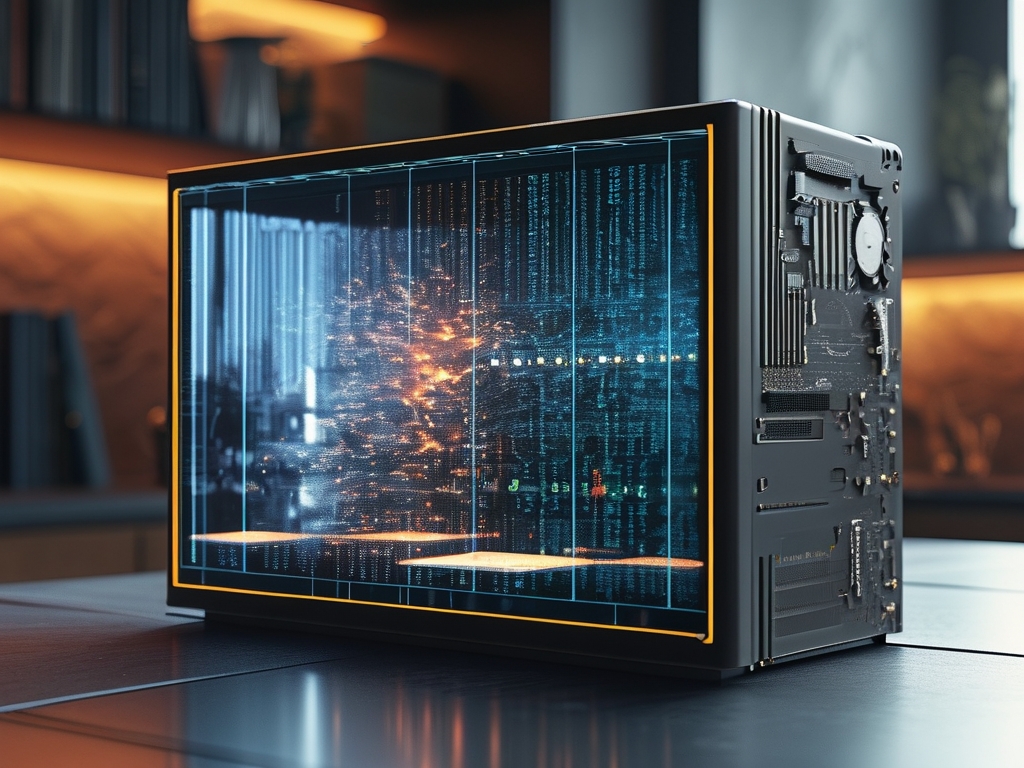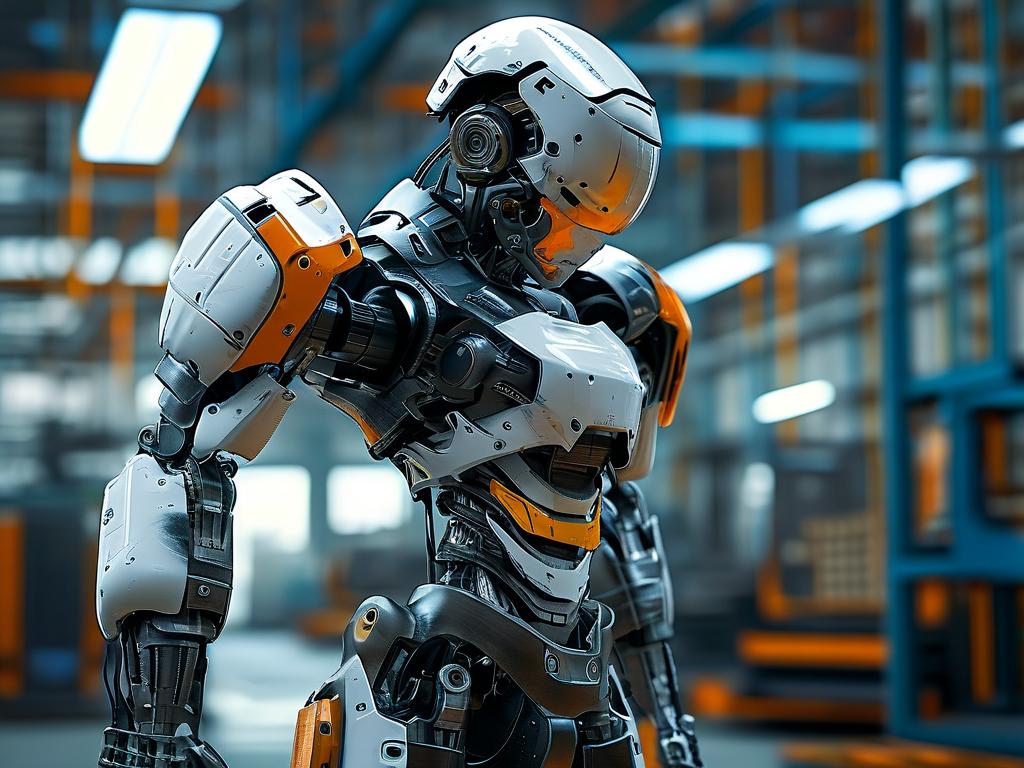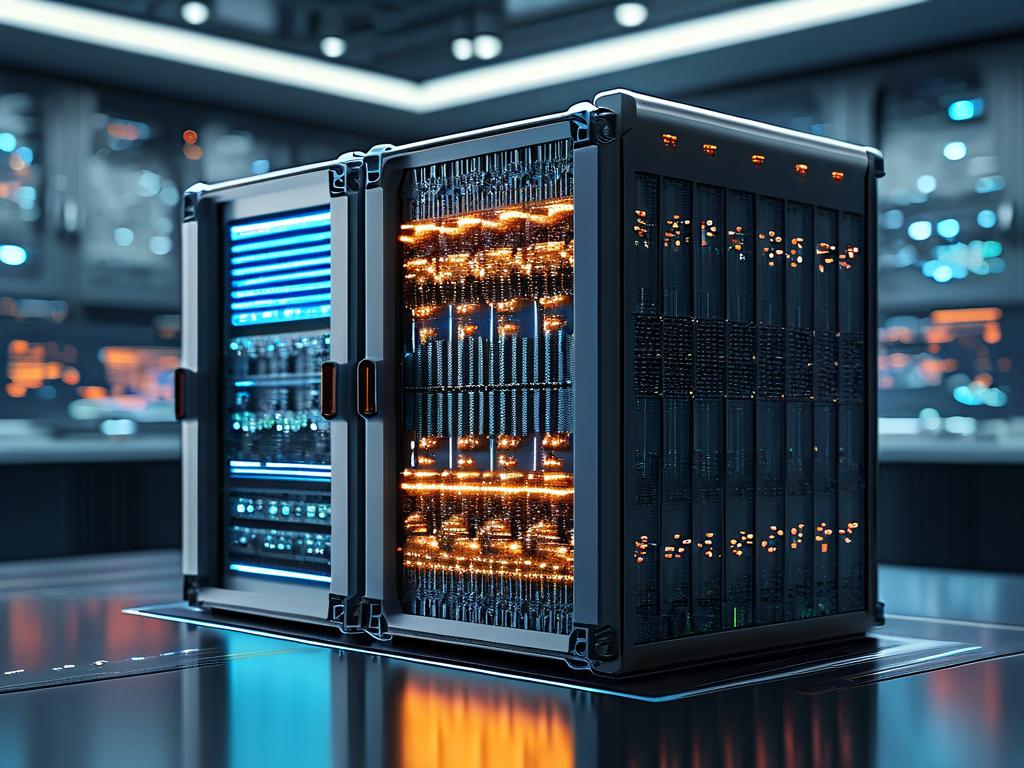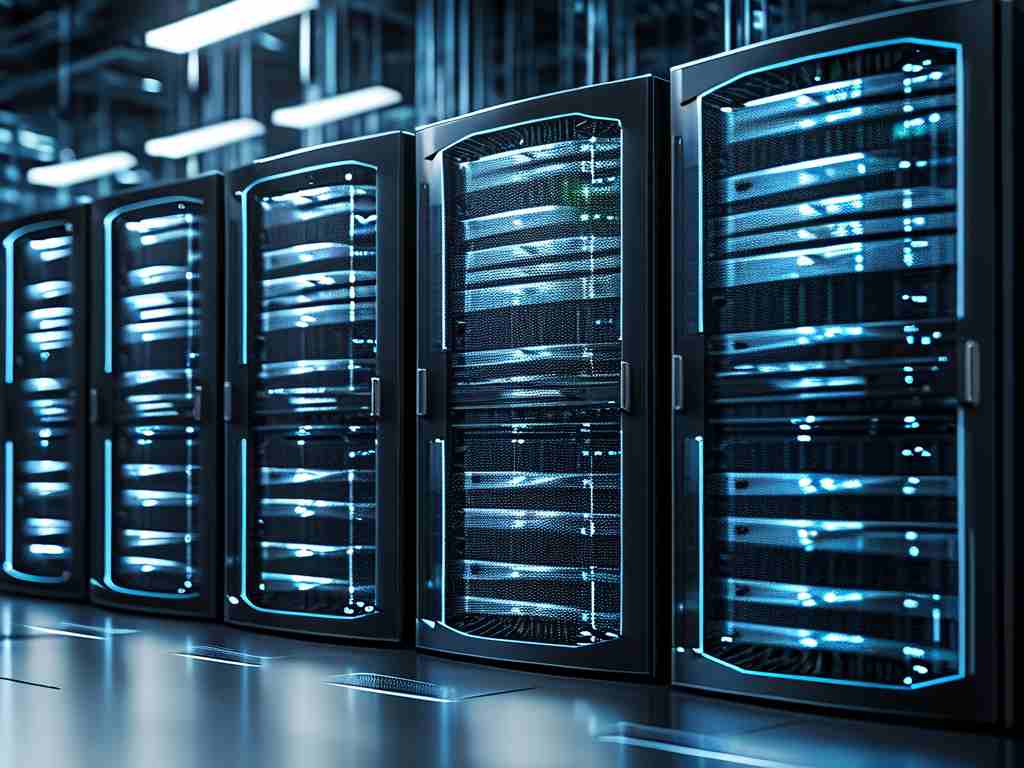The convergence of memory and computing has become a hot topic in modern computer architecture. Traditionally, memory and processing units have operated separately – data is fetched from memory, processed in the CPU, and then sent back. This "von Neumann bottleneck" limits efficiency due to constant data shuttling. But what if memory itself could perform computations? Emerging technologies suggest this might not only be possible but revolutionary.

The Concept of In-Memory Computing
In-memory computing (IMC) flips conventional design by enabling memory cells to execute logical operations. This approach leverages physical properties of memory devices – such as resistive states in RRAM or phase changes in PCM – to process information where it’s stored. For example, a resistive memory cell could represent binary states (0/1) through electrical resistance while also performing basic arithmetic via controlled voltage inputs.
Why It Matters
Energy efficiency drives this innovation. Studies show that data transfer between memory and processors consumes over 60% of a system’s energy. Google’s research team demonstrated that IMC architectures could reduce energy usage by 10-100x for AI workloads. Early prototypes like IBM’s Analog AI Chip achieve 400GOPS/W efficiency by combining computation with storage in analog crossbar arrays.
Technical Challenges
Implementing memory-based computing faces multiple hurdles. Precision control remains tricky – analog computations are prone to noise and variability. A 2023 Nature Electronics paper revealed that even 2% device variation can cause 30% accuracy drops in neural network tasks. Scaling is another issue: while lab-scale designs work for niche applications, mass-producing reliable computational memory units requires breakthroughs in semiconductor fabrication.
Current Applications
Specialized domains already benefit from IMC principles:
- AI accelerators: Mythic AI’s chips use flash memory for both weight storage and matrix multiplication.
- Edge devices: Samsung’s HBM-PIM integrates processing into high-bandwidth memory for real-time video analysis.
- Neuromorphic systems: Intel’s Loihi 2 chip mimics brain-like computation using programmable synaptic cells.
The Software Dilemma
Hardware isn’t the only challenge. Programming paradigms must evolve – developers accustomed to von Neumann architectures need new tools. Startups like Rain Neuromorphics are creating domain-specific languages optimized for memory-centric systems. Open-source frameworks like TensorFlow now include experimental support for IMC device simulations.
Future Outlook
Industry roadmaps suggest hybrid approaches will dominate initially. TSMC’s 2025 N3P node plans to embed simple compute elements within 3D-stacked memory. Academic projects like ETH Zurich’s HERMES aim for full-stack memory-driven computers by 2030. While universal memory-based CPUs remain distant, specialized accelerators could reshape fields from quantum simulation to genomic sequencing.
The journey from "memory as storage" to "memory as computer" mirrors the transition from vacuum tubes to transistors. As materials science and algorithm design advance, the line between remembering and thinking in silicon grows increasingly blurred. This paradigm shift won’t happen overnight, but its potential to break through the walls of classical computing makes it a frontier worth watching.






